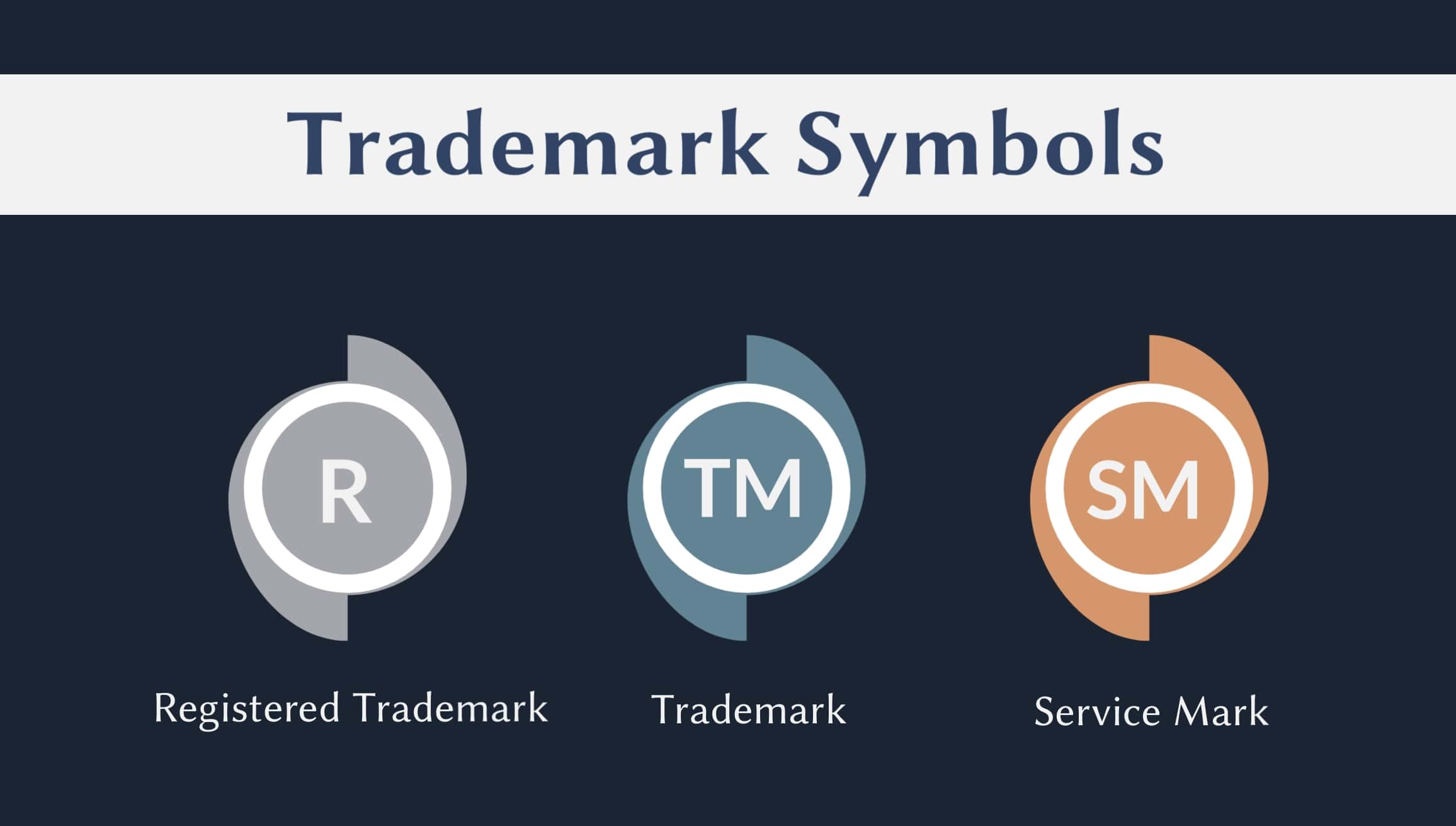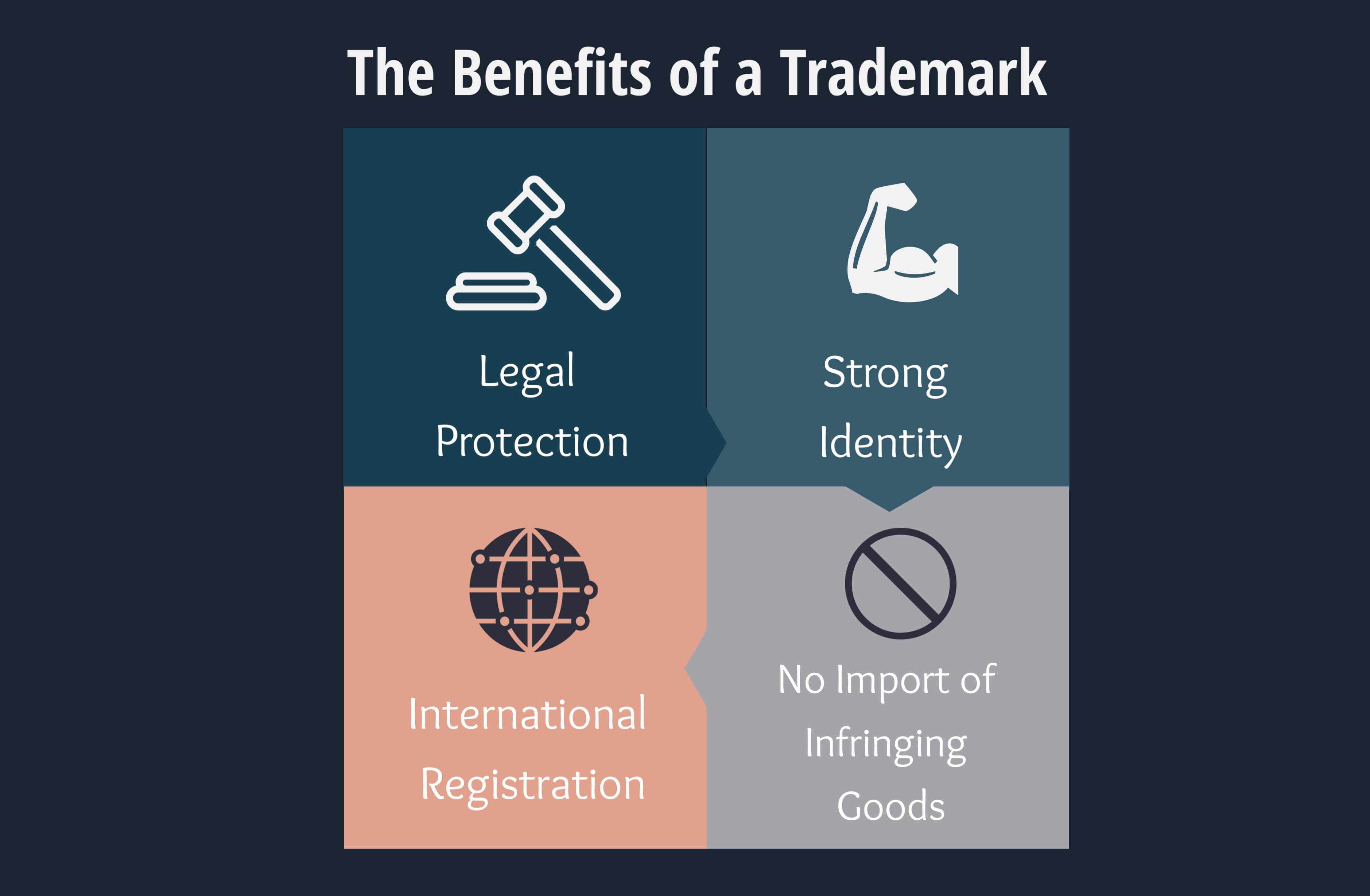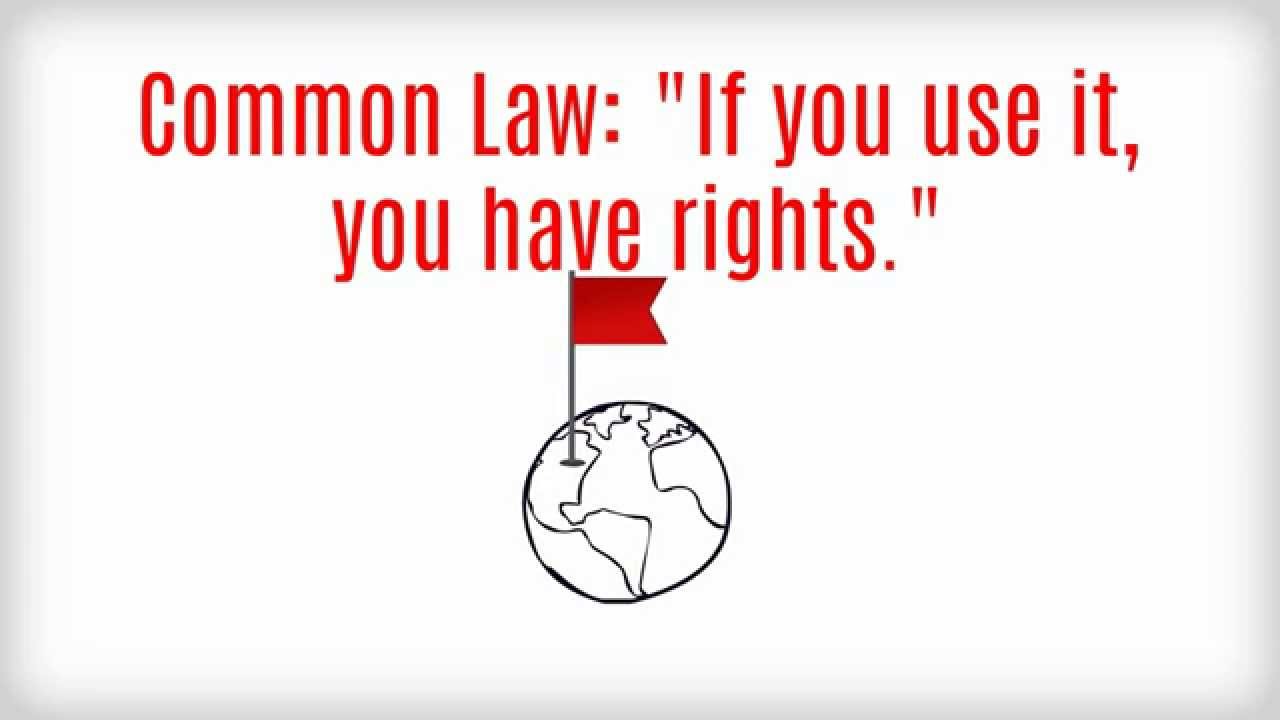
Case Studies
Do you ever wonder why companies invest significant amounts of money and resources in asserting their trademark rights? Or why they willingly undergo the tangled process of trademarking a logo in the first place?
This article will tackle the most frequently asked questions about trademark, such as what it is, why it’s important for businesses, and how to trademark a logo.
So buckle up, and let’s dive in.
Let’s start with the basics. A trademark is a sign, word, tagline, name, or logo that identifies a company and is recognized as its intellectual property. A trademark can be owned by a business organization, individual, or any other legal entity. Its purpose is to protect the business’s intellectual property and ensure it’s not violated or used by another business.
Trademarks have a long history dating back to the 1300s. Trademark laws have been evolving and changing ever since. A trademark is indicated by the trademark symbol (™) and the registered trademark symbol (®). The latter can only be used once the trademark application has been approved by the United States Patent and Trademark Office (USPTO), and the trademark has thus been registered.
If the approval of the trademark application is still pending, brands are free to use the ™ symbol for their products and the ℠ symbol for services. The use of the registered trademark symbol before approval is illegal.

A brand’s corporate identity heavily depends on its logo. The latter is strongly linked to the brand’s reputation, which explains why companies go to great lengths to protect their logos from infringement. The aim of trademarking a logo is to do just that — protect it from any kind of unauthorized use.
Registering your company’s logo for a trademark is by no means necessary nor, in some cases, beneficial. So is it worth trademarking a logo? If you operate a small local business, chances are you don’t need to spend extra money and energy to trademark your logo.
As your business grows and starts to reach a larger audience, you might want to consider registering your logo to protect your brand.

The obvious benefit is that you’ll lawfully claim the logo design as your own, preventing others from using it. In case another company uses your brand mark without your authorization, you can press charges for trademark infringement. This gives your company’s logo a special status and helps to preserve brand integrity.
If you choose to register your trademark in foreign countries, you will qualify to reach international markets. Besides, trademarking your logo grants you Customs and Border Protection under US law. This prevents the import of foreign goods that are marked with a logo similar to yours.
Under US law, there are three levels of a trademark. Let’s explore them one by one.
Unregistered marks and logos that are only used locally fall under the category of local trademarks. The moment you start using your logo for commercial purposes, it receives common law trademark protection. It gives your logo minimal rights and is confined to your geographic area. Unregistered logos can take the ™ symbol.

In case of violation, you can enforce your common law rights through your state court. If the infringement takes place outside of your proximate geographic area, you have no right to claim legal protection for your mark.
The next level is a state trademark. It is only valid within the state where the business is registered. State-level trademark protection is sufficient for small to medium-sized businesses whose reach doesn’t extend beyond a single state.
The federal trademark operates on a national level. Lawsuits can be taken to federal court. If your business stretches across multiple states, you’ll need nationwide protection for your intellectual property. Once you receive federal status, you’ll be able to apply for an international trademark as well.
People tend to confuse trademark and copyright, even though the two are quite distinct. So let’s clear away the confusion once and for all.
Trademark applies to symbols, words, and logos that represent a specific brand. A trademark essentially extends to your company name, image, and brand identity. Copyright is used for creative and artistic works, such as music, film, photography, painting, writing, and so on. You can lawfully protect your artistic works once you register them for copyright. To learn more about music copyright and how to deal with it, check out our article.
Do you copyright or trademark a logo? Well, it might be both. If your logo includes an independent artistic design, you can apply both for copyright and trademark registration. This will ensure full legal protection against any kind of infringement.
Now that you have a clear idea of what a trademark is and how it can be useful, let’s learn how to trademark a logo. To make sure the trademark registration process runs smoothly, you have a few things to take care of first.
Your logo might not be approved for a trademark if it’s too similar to another already existing logo design, especially a popular one. This is done to avoid confusion between two misleadingly similar icons, designs, and business names.
The infamous dispute between Adidas and Forever 21 demonstrates this point very well. The sportswear company sued Forever 21 for using its famous three-stripe mark on the fast-fashion brand’s apparel.
Adidas has spent a fortune building and protecting the three-stripe design and claims that Forever 21 has violated trademark law by using it. The case stayed in federal court for a while until Forever 21 filed for bankruptcy.
This goes to show the importance of trademark rights. Your brand design has to be representative of the product or service you provide but still be original. Icons and business names that are too generic make for a weak logo, reducing your chances of getting trademarked.
Interestingly enough, descriptive words and designs for your products are inferior to suggestive ones. Let’s take an example. If you own a wine bar, naming it “The Wine Bar” or “The Wine Spot” might put you in a vulnerable position, as the phrase is way too generic for a company name. Going for something less predictable or even a completely made-up business name is a more intelligent choice.
It might be worth your time to study some logo design tips to give your signature mark meaning and strength. This will quickly increase the likelihood of your trademark application approval.
The next crucial step is to ensure no one already owns the rights to your logo design. To be on the safe side, run a trademark search in the USPTO database via the Trademark Electronic Search System (TESS). Keep in mind that this database includes federal trademarks only, not unregistered or state-level marks.
Search in the database is done through codes designated to specific design elements and images. Due to the vast variety of codes and filters, conducting an effective search can be highly time-consuming. That’s what pushes a lot of business owners to hire a trademark attorney or researcher to get some help with this process.
Hiring an expert comes at an additional charge, of course, but it might prove to save you money in the long run
Once your logo is ready, and the search is finished, it’s time to file your trademark application. You can do it online through the Trademark Electronic Application System (TEAS). You’ll be required to submit a high-quality image of your logo, examples of its intended use, and detailed information about your business.
You’ll have to choose an appropriate class for your product or service. The United States Patent and Trademark Office offers 45 classes to choose from, such as cosmetics, pharmaceuticals, musical instruments, etc. Your application will be rejected if you fail to classify your product or service correctly.
Needless to say, you should fill out the entire form accurately and carefully. An attorney might be of great help in the application process as well. Check out the TEAS online application tutorial for more details.
The answer to your application should arrive within six to nine months — if there are no delays or obstacles, that is.
Whew, at this point, you’re finally done with the application process. Once you’ve successfully applied, you should receive confirmation from the USPTO. After which, the only thing left to do is to wait until further notice from the trademark office.
While waiting for an answer, make sure to check the status of your application once every few months. You can do it via the Trademark Status and Document Retrieval (TSDR) system using the serial number provided to you. Failing to do so might cause you to miss an important deadline.
Once your logo is registered for a trademark, you should watch out for any violation of your trademark rights. This is an ongoing process known as a trademark watch. You can do it yourself or hire a specialized trademark lawyer. Whichever option you choose, remember that ultimately, you bear the responsibility of protecting your logo and your brand.
A question people often ask is “How can I trademark my logo for free?” Well, you can’t register a trademark for free, but you can get a common low trademark simply by putting your logo to commercial use, such as advertising.
To increase the level of legal protection, you’ll have to register your mark. The fee for trademark registration consists of two parts: the trademark application fee and the attorney fee. If you’re registering your logo for a state trademark, the charges will vary based on your state. You can find more information about your state fees here.
Federal trademark registration is processed through the United States Patent and Trademark Office. It’s a more protracted and expensive application process. The least expensive option is TEAS Plus at $250 per class of goods or services, while the TEAS Standard form will cost you $350 per class.
To learn more about the prices, visit the USPTO website. If you opt for an attorney, be prepared for the additional charge.
Keep in mind that the abovementioned numbers are solely the application filing fees. The approval of your trademark application is by no means guaranteed. If you do get approved, however, the trademark will be in effect for ten years following the registration date. Note that after the fifth year, you should verify that your mark is still in active commercial use.
Your customers recognize your brand by your logo. Protecting it means protecting your business identity, hence, the need for trademarks. The level of protection you need will be determined by the size and reach of your business. Small local brands might not require the hassle of trademarking a logo. As your company grows, so does its vulnerability to infringement.
Before you file your trademark application, do your research to guarantee that your logo is unique. Submitting a design that doesn’t meet the requirements will cause you unnecessary time and money loss. To navigate the trademarking process more smoothly, consider hiring a trademark attorney if your budget allows you to.
Speaking of budgets, if you find that getting an expert to design your logo is too expensive, here’s your alternative. Renderforest offers a professional logo generator to create a personalized logo in minutes.
Click the button below to get started!
Article by: Renderforest Staff
Dive into our Forestblog of exclusive interviews, handy tutorials and interesting articles published every week!
Read all posts by Renderforest Staff

